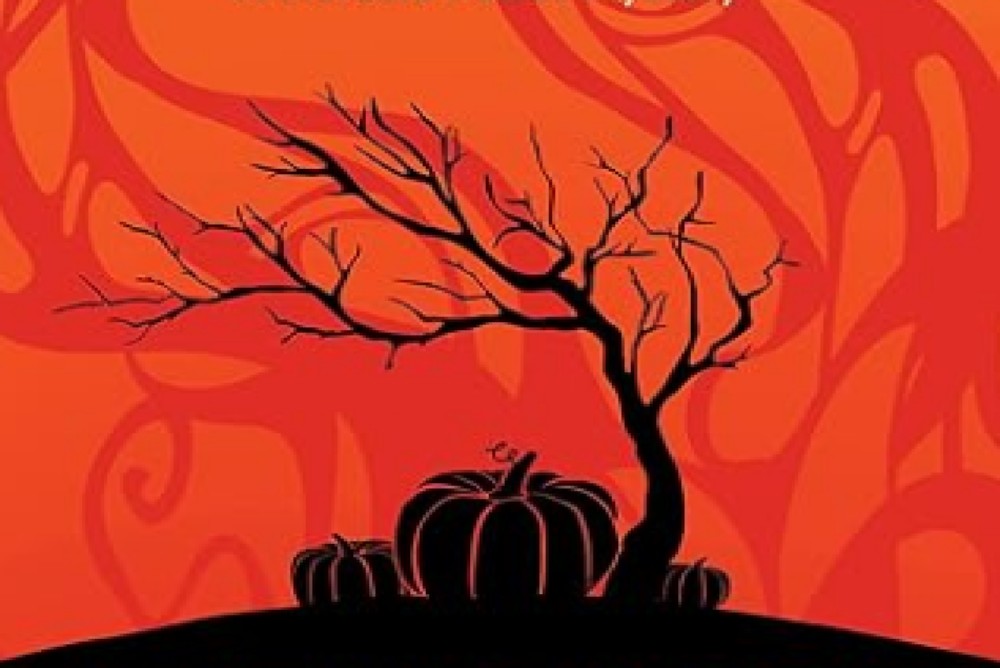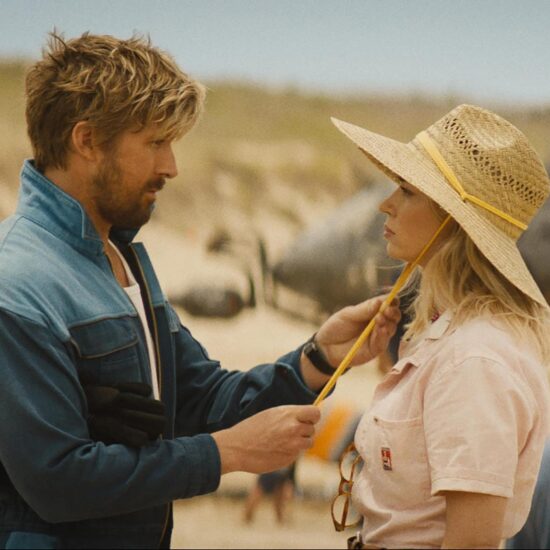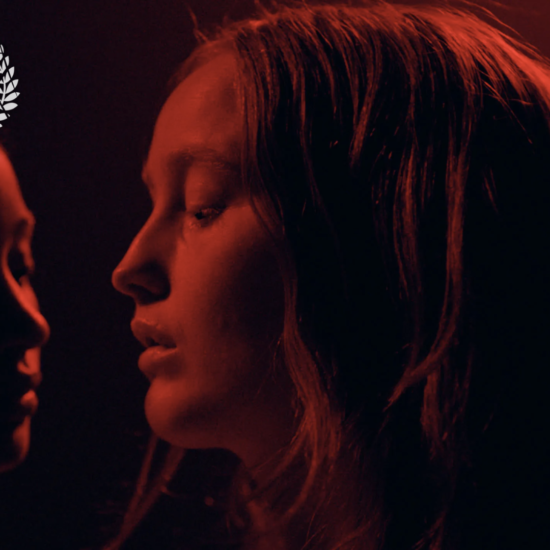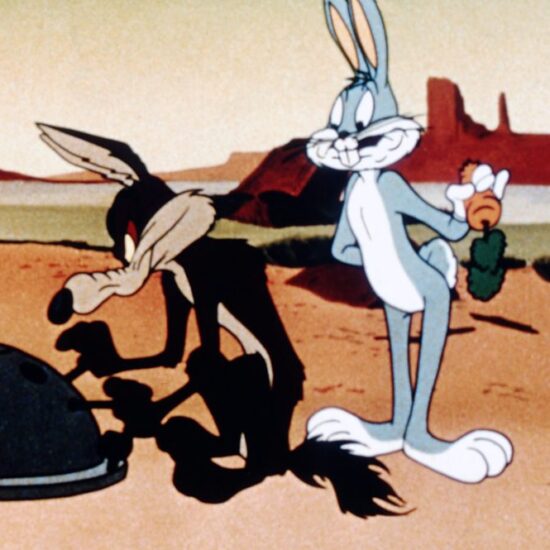
Initial reviews suggest that Kenneth Branagh’s new Hercule Poirot adaptation, A Haunting in Venice (2023), has little in common with the Agatha Christie novel on which it is supposedly based. While Hallowe’en Party (1969) is set in a small English village, A Haunting in Venice is set in, well, Venice. The latter apparently centers a séance, completely absent from Christie’s novel. There’s an opera singer with a dead daughter – also not in the novel. Indeed, one wonders why this film is being marketed as an adaptation at all.
Perhaps the only thing the novel and film appear to have in common is that both represent an unusual crossing of horror conventions into Hercule Poirot’s world of clues and ratiocination – into the neat and orderly world of detection. That said, the particular horror conventions that infuse novel and film seem quite different. While A Haunting in Venice seems shrouded in the supernatural – harking back to perhaps the best-known of supernatural horror films set in Venice, Don’t Look Now (Nicolas Roeg, 1973), Christie’s Hallowe’en Party manifests the influence of folk horror.
Published in 1969, Christie’s Hallowe’en Party is one of the last novels to feature Hercule Poirot. It is set in a village, Woodleigh Common, about thirty or so miles south of London. Mystery writer Ariadne Oliver (who appears in numerous other Poirot novels) is visiting a friend on what happens to be the evening of the village’s Hallowe’en party. As preparations for the party are underway, one of the village children, Joyce Reynolds, makes the startling announcement that she once saw a murder. The thirteen-year-old claims she witnessed this event several years ago and that she never told anyone because she didn’t know at the time that it was a murder. No one at the party believes Joyce (she has a propensity to exaggerate and boast), but at the end of the night, she is discovered dead, drowned in the bucket set up for apple-bobbing. Ariadne rushes back to London to enlist the help of her old friend Hercule Poirot, who travels to the village to tackle the crime.
Hallowe’en Party’s crime and solution unfold in typical murder-mystery fashion, as the usual panoply of motives for crime turn out to be behind the murder of Joyce (and, as it turns out, two prior murders that had not been recognized as murders). There is money, sex, jealousy, and, of course, self-preservation. In typical fashion, Poirot discerns these motives, and the culprits, and lays them out in the novel’s finale.
But this rather conventional detective tale of greed, love, forged wills and desperation is embedded in an intriguing folk horror narrative. Significantly, by the time Hallowe’en Party was published, what has been called the ‘first wave’ of folk horror was well underway: for instance, The Witches (Cyril Frankel, 1966), The Devil Rides Out (Terence Fisher, 1968), and Witchfinder General (Michael Reeves, 1968) had all been released prior to the book’s publication. Christie’s evocation of folk horror certainly, in my view, makes the novel a much richer story, while also highlighting the limitations of the standard murder mystery formula.
So, where do we see the influence of folk horror in Hallowe’en Party? Most obviously, of course, the novel begins on Hallowe’en, and characters discuss the nature of both the ritual of Hallowe’en and the ensuing All Souls’ Day (2-3). In her insightful essay on the late Poirot novels, Jessica Gildersleeve points out the significance of Hallowe’en within the novel:
The pagan ritual of Halloween takes on greater significance here: the eponymous party of the . . . novel . . . calls up a clash between ancient ritual and modern behavior. Halloween has its origins in the Celtic festival of Samhain—“summer’s end,” a symbolic period of “supernatural intensity, when the forces of darkness and decay were said to be abroad” (Rogers 12). Christie’s Halloween, then, can be seen to signify a similar coming of darkness, a cyclical return of the danger and chaos of the past—perhaps even a turning of W. B. Yeats’s “widening gyre.” (102)
Such a notion of the return of the chaos of the past – one that is, perhaps, rooted in place, is antithetical to the typical detective narrative. The latter presumes intentional criminals, whose motives are personal, individual, and whose influence departs when they do – located in bodies and in psyches, not in places. Hallowe’en Party also introduces a ‘witch’ (clearly a local woman who only dresses up for the part but who takes on a slightly more uncanny role later in novel) who tells Poirot that “the devil’s always got some of his own” – people who are “born” to killing, people who escape the logic of psychologists and amateur detectives (175) and whose evil cannot be understood or contained by institutions, who linger in a shadowy ground that looks like the supernatural.
 The principal way in which Christie’s Hallowe’en Party treads in folk horror terrain, however, is the quarry garden that is at its center. (And I’m wondering if Branagh’s film will import this crucial location in some way.) When Poirot enters the garden – designed for a wealthy local woman by an ambitious gardener – he thinks that “it could be a haunted spot. There was a kind of pagan ruthlessness about it. It could be along these winding paths that the fairies hunted their victims down or a cold goddess decreed that sacrifices would have to be offered” (203). The garden is indeed a beautiful and haunting place, replete with a surrounding ancient wood, a wishing well, and a wishing tree, around which people used to go “three times backward and wished” (208). And it is indeed, as Poirot infers, a place of sacrifice – a place in which people have been sacrificed. It is also – to take an ecological view that could certainly be elaborated at more length – a place in which actual nature has been sacrificed for a distinctively human vision of “nature.” The gardener himself tells Poirot that “nature” will take over unless human “care” is continuously asserted (206).
The principal way in which Christie’s Hallowe’en Party treads in folk horror terrain, however, is the quarry garden that is at its center. (And I’m wondering if Branagh’s film will import this crucial location in some way.) When Poirot enters the garden – designed for a wealthy local woman by an ambitious gardener – he thinks that “it could be a haunted spot. There was a kind of pagan ruthlessness about it. It could be along these winding paths that the fairies hunted their victims down or a cold goddess decreed that sacrifices would have to be offered” (203). The garden is indeed a beautiful and haunting place, replete with a surrounding ancient wood, a wishing well, and a wishing tree, around which people used to go “three times backward and wished” (208). And it is indeed, as Poirot infers, a place of sacrifice – a place in which people have been sacrificed. It is also – to take an ecological view that could certainly be elaborated at more length – a place in which actual nature has been sacrificed for a distinctively human vision of “nature.” The gardener himself tells Poirot that “nature” will take over unless human “care” is continuously asserted (206).
Linked to the quarry garden, with its strange “pagan ruthlessness” is a more overtly “pagan” space – Kilterbury Ring – where, at novel’s end, another and more literal sacrifice is poised to take place among the remaining megalithic stones of this prehistoric site. The antagonist of the novel tells his intended sacrificial victim that the stones are there “For ritual. Ritual worship. Ritual sacrifice” (241) – and these ancient stones are linked to the stones of the quarry garden, where Poirot thinks, “Blood had stained the rock there” (106). These places, these stones, foreground a ritual cycle of violence that exceeds the human intent that typically guides detective novels (especially, perhaps, Christie’s novels). And, indeed, Poirot thinks of the murderer in this case, that he has “an inhuman rather than a human attitude to life” (234).
What does this incursion of Christie’s into folk horror terrain do? Among other things, it moves Hallowe’en Party from a strictly presentist temporal frame – the murders and their motives exist in the moment – to a more archaic frame of reference. It also moves the plot from the realm of murder to that of ritual sacrifice, as the suggestion of sacrifice shadows all the deaths of this novel. Were they really “murders” committed for the usual range of very human and explicable motives? Or, were they driven by a larger, more “inhuman” ritual impetus? Indeed, the chief ‘murderer’ of the novel is also the character who, at the end, is preparing to sacrifice a young girl. And Poirot can offer no reason for that.
Everything about the shadowy, background folk horror plot of Agatha Christie’s Hallowe’en Party, then, pulls the novel into a much larger, more mysterious frame of reference, one that even the indomitable Hercule Poirot cannot quite explain. This mystery is precisely what horror offers that seems so inimical to detective fiction – and I wonder if Branagh’s Haunting in Venice manages to capture this existential awe, this final failure of the “human,” that lies at the heart of horror.
Bibliography
Christie, Agatha. Hallowe’en Party. New York: HarperCollins, 1969.
Gildersleeve, Jessica. “Nowadays: Trauma and Modernity in Agatha Christie’s Late Poirot Novels.” Clues: A Journal of Detection 34.1 (Spring 2016): 96-104.














